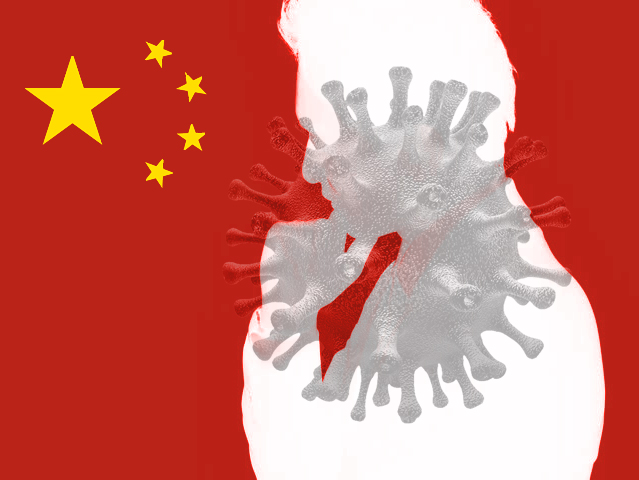In January the SARS-COV-2 infection exploded in the chinese city of Wuhan and spread worldwide. At the moment there are no news on the impact in people with hemophilia. In the letter to the editor recently published (Cui Dongyan et al. Haemophilia. 2020 Apr 1. doi: 10.1111/hae.14000. [Epub ahead of print]) the authors report on a 35-year-old patient with severe hemophilia A (FVIII 0.7%), without inhibitor, on demand treatment with low-dose replacement therapy and chronic arthropathy in the left knee with joint stiffness, no underlying disease. At the end of January 2020, the patient presented with fever and widespread acute myalgia. Considering the symptoms, he was treated with the usual FVIII concentrate.
Despite the replacement therapy, the muscle pain remained persistent. Meantime recurrent vomiting and anorexia, chills and mild fever arose. Symptomatology were attributed to a bacterial infection, so that the patient was treated with antibiotics (amoxicillin) without any improvement. When the patient reported that the mother and some family members, except his 3-year-old son, had fever and worsening cough the suspected diagnosis of COVID-19 infection was made. Moreover he did not report having been out of Wuhan or at Huanan food-fish market.
On medical examination the subject presented with fever (38.2°C), 96 heartbeats/min, respiratory rate of 16 breaths/min, blood pressure 108/82 mmHg, oxygen saturation 96% breathing ambient air, normal chest sound to auscultation.
The CT examination of the chest showed a right basal “ground glass” pneumonia. The oro-pharyngeal swab was negative for influenza A and B viruses. Laboratory tests were normal except for lymphopenia (0.85×109/mL). Meanwhile, the patient began to complain of an exertional dyspnea, however despite these symptoms he was not hospitalized because the disease did not present complications.
When the SARS-COV-2 infection was confirmed, the subject was treated as outpatient with immunoglobulin i.v. (5 g per day for 2 days), then sent home under close supervision of the local community health operators. In addition, he was given an antiviral agent (oseltamir), an antibiotic (cefdinir) and other traditional Chinese medicines.
On the third day of treatment, the patient markedly regained his appetite and recorded the resolution of myalgia, chills and vomiting. On the fifth day of treatment, the fever disappeared, but the dry cough and deep chest pain persisted. Cough, wheezing and chest pain gradually disappeared two weeks later. The patient had never suffered from hemoptysis. In March 2020 he was asymptomatic, without any increase in the usual bleeding events throughout the follow-up period.
Unfortunately, due to the lockdown and difficulties in moving around the city, the patient did not perform laboratory checks, with particular reference to coagulation tests, viral load and CT examination of the chest.
In conclusion, the patient despite severe haemophilia A has passed the SARS-COVI-2 infection. The disease presented with classic symptoms, including pneumonia according to the course found in the population of Wuhan in the January-February period.
The personal history of the patient with the family infection indicates that the transmission of the virus occurs from person to person, that adults seem to be more affected than children and that pneumonia is the most frequent symptom with different degrees of severity. In this case the COVID-19 disease was mild and therefore it was possible to treat the patient at home. If the patient got worse he would have been hospitalized. The treatment with anti-viral agent, antibiotic and supportive drugs has achieved complete resolution of the infection.
Interestingly, this emblematic case report allows authors to illustrate more generally the pathogenesis of SARS-Cov-2 infection and the behavior adopted by healthcare in China.



